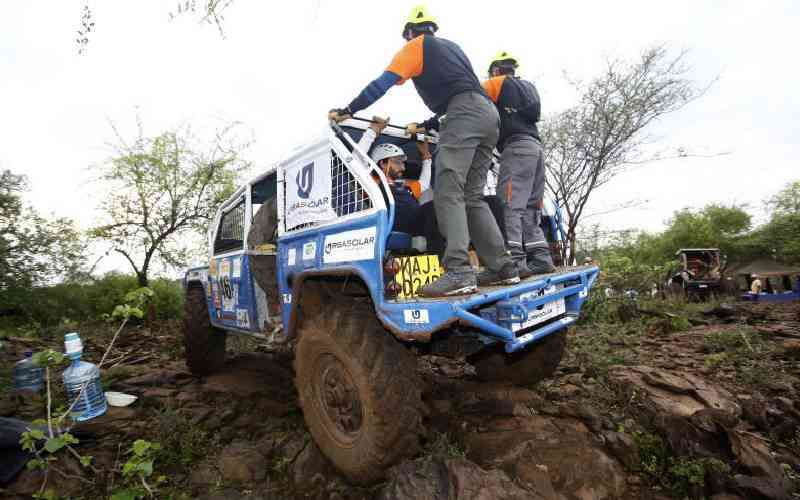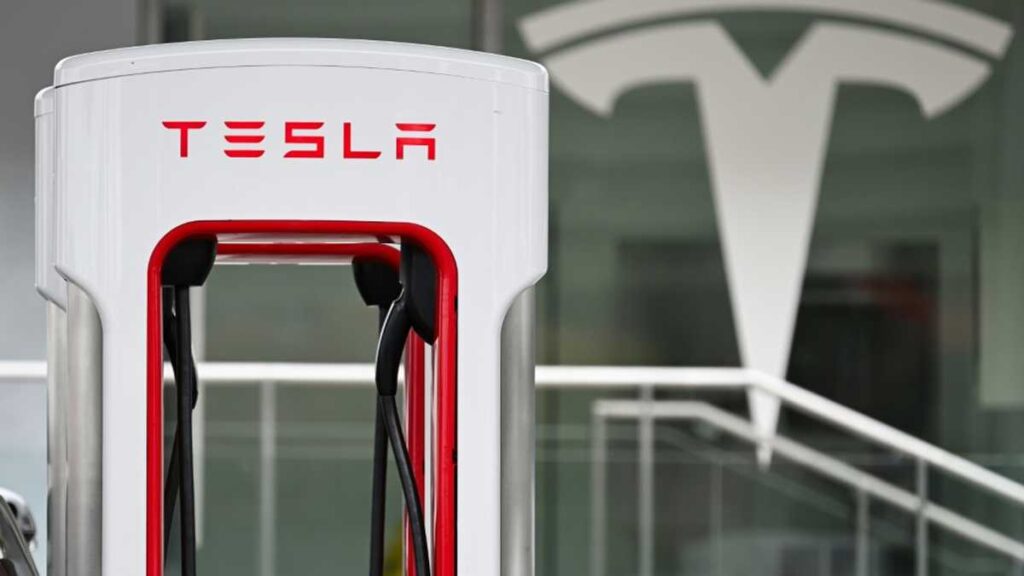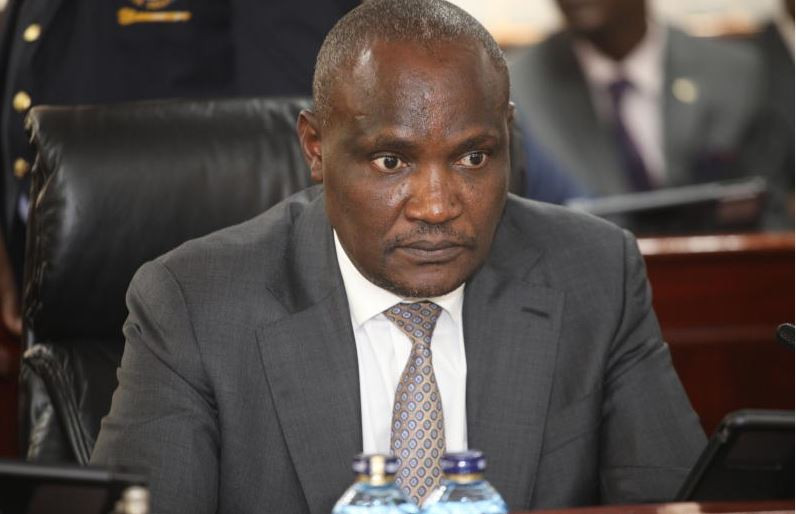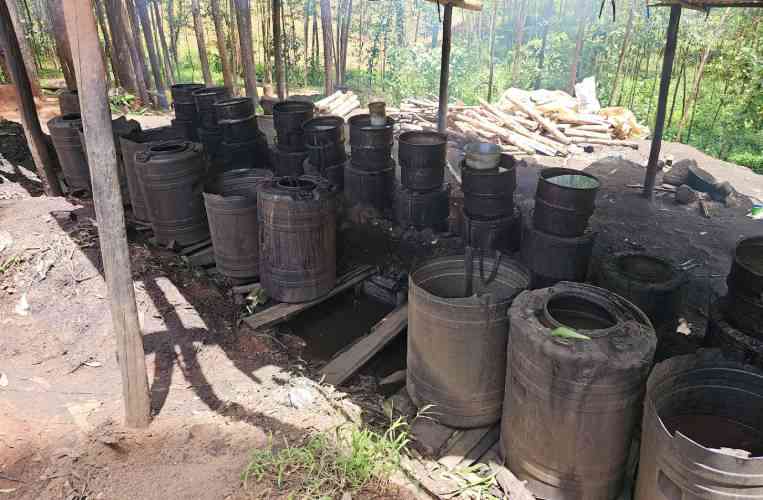The 36th edition of off-road motorsport, Rhino Charge 2025, will be held in Baringo County.
Scheduled to take place from May 30 to June 1, 2025, the event promises more than just extreme adventure. It is a thrilling collision of grit, innovation, and environmental stewardship, a uniquely Kenyan fusion where motorsport meets conservation
The competition’s return to Baringo was confirmed during a pre-event briefing at Braeburn School in Nairobi where Don White, Clerk of the course officially announced the location.
“This is a beautiful place, and it has been left in incredible condition. There are a lot of trees and an awful lot of bees, but there are ways to manage,” said White
“I understand there have been some security concerns in the area, and I want to reassure everyone that they are being taken seriously. I do not doubt that the Rhino Charge event will be safe and well managed. The government is handling this at the highest level, recognizing that public safety is a national priority,” he added
Unlike conventional races, Rhino Charge does not reward speed. Instead, it is a test of navigation, endurance, and strategy.
Sixty-five teams will attempt to reach 13 control points scattered across a 100 square kilometers expanse of uncharted wilderness, aiming to cover the shortest possible distance.
The 2024 edition, held in the remote plains of Torosei in Kajiado county, attracted more than 4,000 spectators. Team number 5, led by Graham McKittrict, took the title after covering just 31.9 kilometers, dethroning 2023 champions Team 48, led by Maxxis.
In 2021, the event roared in the remote wilderness of Sabor, situated beneath the imposing Tugen Hills, where drivers tackled steep
In one chaotic incident near a notorious obstacle course known as The Gauntlet, car 42 led by Anthony Havelock, disturbed a beehive.
What followed was pandemonium, the then Baringo Governor Stanley Kiptis had to abandon a live interview and sprint for safety while the car driver had to plunge into Sabor river to escape a chasing swarm .
The event raised Sh140 million for conservation.
“Rhino Charge is about endurance, ingenuity, and heart, but above all, it is about preserving Kenya’s natural heritage,” said Rhino Ark Executive Director Christian Lambrechts.
Since inception in 1989, Rhino Charge has evolved into a cornerstone of Kenya’s conservation movement, raising funds for projects that protect fragile ecosystems and vital forest water towers.
Stay informed. Subscribe to our newsletter
“Thanks to the funds raised , we have completed 33 kilometers of electric fencing in Kakamega forest, sealed 12 kilometers of vulnerable access points in the Aberdares, and are currently constructing a 60 kilometers of fence between Naro Moru and Nanyuki on Mount Kenya,” said Lambrechts
This year another key project is set to begin just days before the Charge, a 30km fencing initiative in the south west Mau with ground breaking scheduled for May 22.
But the most ambitious undertaking yet is in the Aberdare salient, where a 40km square black Rhino sanctuary is taking shape in partnership with Kenya Wildlife Service.
So far, 19km of perimeter fencing and vital security infrastructure have been completed.
In a further boost, Rhino Ark recently secured a Sh330 million grant from the European Union to help turn parts of the southern Mau Forest into an ecotourism and conservation hub, blending habitat with community empowerment.
This year’s charge will also mark a step towards sustainability as Car number 20 will become the first electric vehicle to complete, symbolizing a bold shift toward green innovation in off road motorsport.
As with the tradition of Rhino Charge, the exact venue within Baringo remains under wraps until hours before completion.
The team will only scale maps and GPS coordinates, their sole tools for navigating the punishing terrain.

























